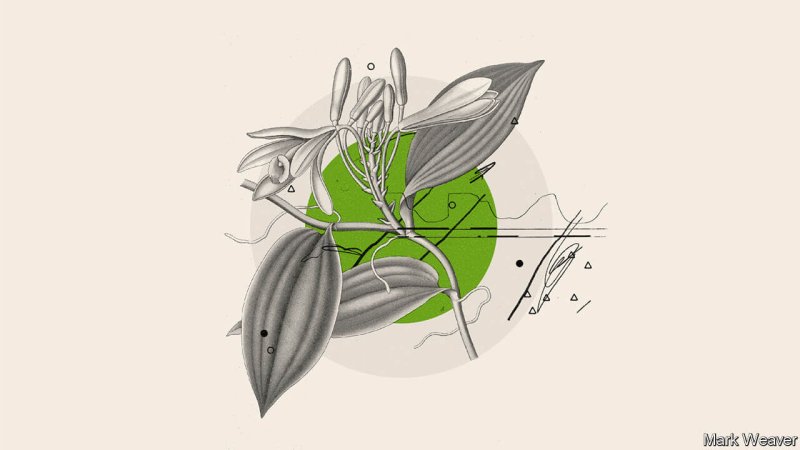Today, anyone who can code can win in the internet economy. Thanks to services such as Amazon’s AWS and Apple’s App Store, only basic coding skills are needed to develop and distribute lucrative apps.
Similar enabling infrastructure is taking root in the field of synthetic biology, a scientific discipline that uses genetic tools to engineer microbes for a wide range of downstream use cases, from manufacturing the screens in our smartphones to producing the food we eat.
A recent McKinsey report estimates that there are at least 400 unique applications of synthetic biology across fields as diverse as medicine, agriculture, food, and chemicals. The potential market opportunities for end products alone exceeds four trillion dollars. Who will tap into this biological goldmine?
Once a would-be bio-preneur has identified an “app”, there are both biology-as-a-service providers and low-cost, turnkey equipment manufacturers that drastically lower the expertise and capital barriers to entry for each of these steps in the synthetic biology process.
Organizations such as Ginkgo Bioworks will cover your microbial design needs, Culture Biosciences can optimize your bio-manufacturing process, and a slew of biomanufacturing organizations can deliver on the end-product manufacturing. As this enabling infrastructure develops, synthetic biology product development could be so abstracted away from the core biology skill-set to enable even those without any specialized training to pursue cutting-edge synthetic biology “apps” — at least, in theory.
manufacturing the screens in our smartphones































